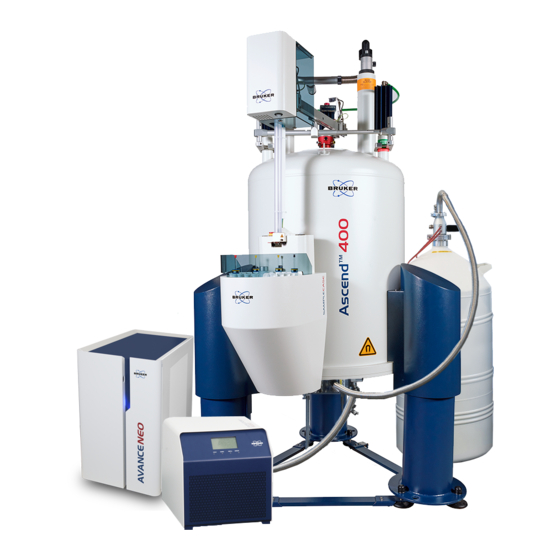
Bruker AVANCE NEO Manuals
Manuals and User Guides for Bruker AVANCE NEO. We have 2 Bruker AVANCE NEO manuals available for free PDF download: User Manual
Bruker AVANCE NEO User Manual (120 pages)
Brand: Bruker
|
Category: Laboratory Equipment
|
Size: 6 MB
Table of Contents
Advertisement
Bruker AVANCE NEO User Manual (86 pages)
Beginners Guide
Brand: Bruker
|
Category: Laboratory Equipment
|
Size: 4 MB
Table of Contents
Advertisement

